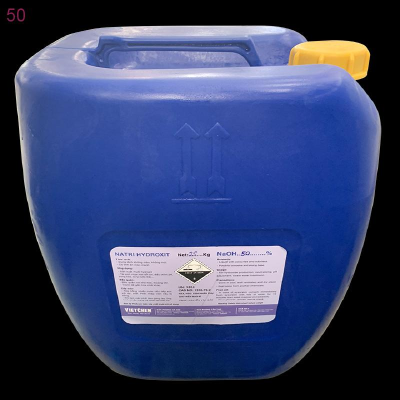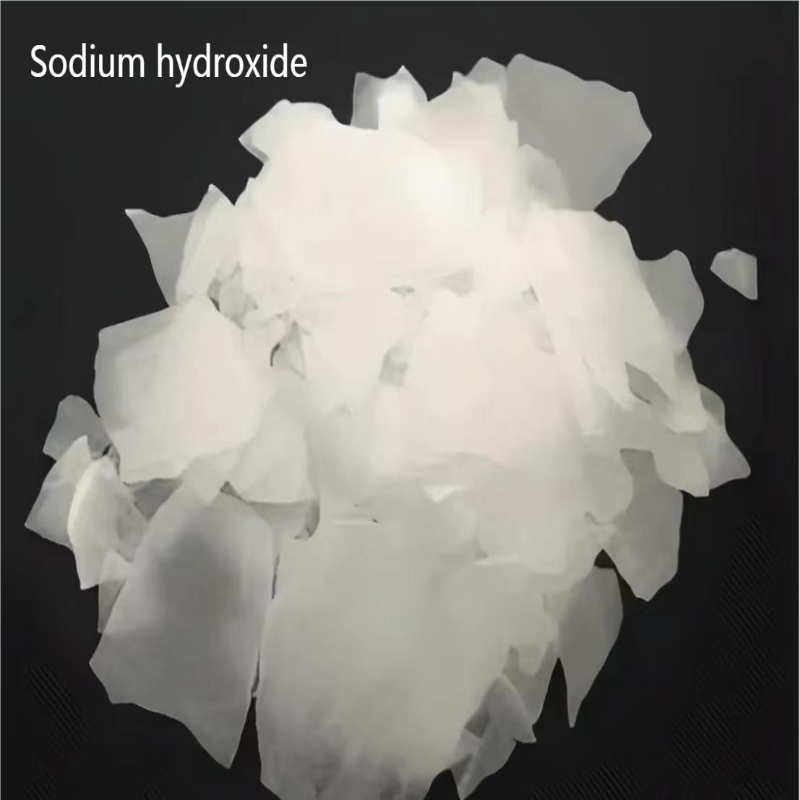Inorganic Chemistry
- • Elementary Substance (160)
- • Industrial Gases (16)
- • Inorganic Bases (53)
- • Inorganic Acid (52)
- • Inorganic Salts (1906)
- • Oxides and Peroxides (183)
- • Silica gel (5)
- • Non-metallic Minerals (14)
- • Coating Materials (24)
- • Phosphorus Compounds (50)
- • Iron Compounds (21)
- • Bromine Compounds (20)
Related News
Inorganic Bases
Sodium hydroxide
(1310-73-2)2. Choline acetyltransferase substrate.
3. Used as alkalimetric titrant, buffers, pH modifiers.
-
Industrial Grade / -
-
Industrial Grade / 50%
-
Industrial Grade / 99%
-
- / 99%
Strontium hydroxide
(18480-07-4)-
Industrial Grade / 99%
-
Pharmacy Grade / 99%
-
![Strontium hydroxide buy Strontium hydroxide]()
-
![Strontium hydroxide buy Strontium hydroxide]()
STRONTIUMHYDROXIDEOCTAHYDRATE
(1311-10-0)-
-
- / 99.00%
-
Industrial grade / 98%
$1715/MT FOB
-
Pharmacy Grade / 99.5%
Request for quotation , get quotes from more suppliers.
Source Inorganic Bases Raw Materials by Region
More Information
Inorganic bases are ionic compounds when dissociated in water they form hydroxide ions (OH-). These substances provide significant functions in chemistry and have wide applications on industrial and commercial levels. Some of the examples include Sodium hydroxide (NaOH), Potassium hydroxide (KOH), and Calcium hydroxide (Ca(OH)2).
There are several prominent characteristics of inorganic bases such as these substances have a bitter taste and slippery feel when handled, these substances turn litmus paper blue by having a pH value above 7 and in a neutralization reaction they form salt and water. In addition, these inorganic bases also ionize in water solutions and are good conductors of electricity. These properties make the usefulness of inorganic bases in many chemical processes.
Some of its applications are as follows:
• Removal of acid spills or wastes
• pH adjustment
• Manufacturing of cosmetics, soaps and emulsifiers
• Food production, for example, baking soda
• Medicine such as antacids





















